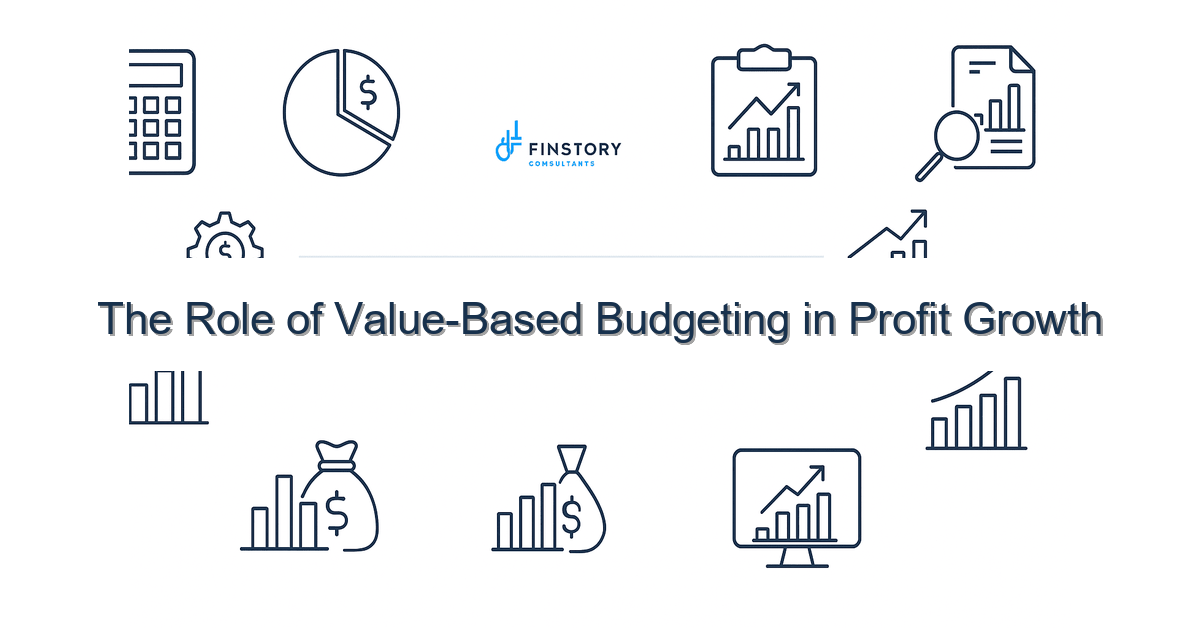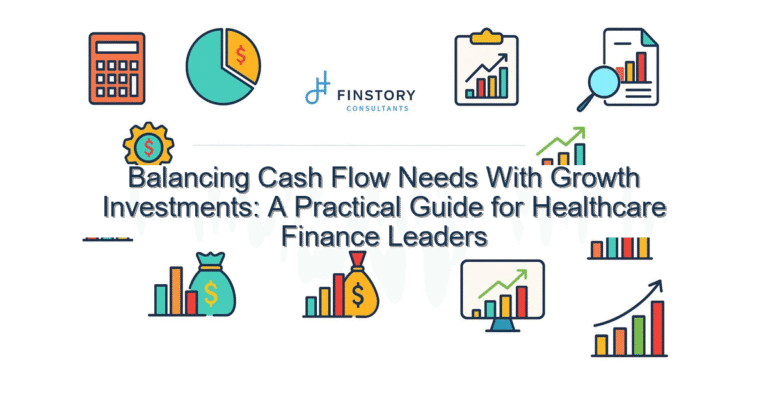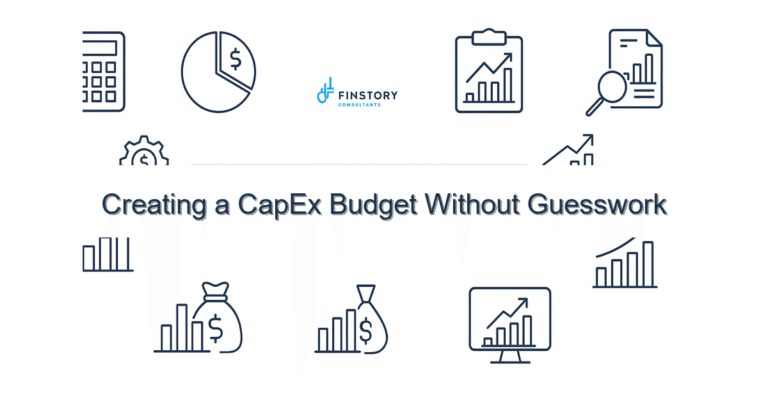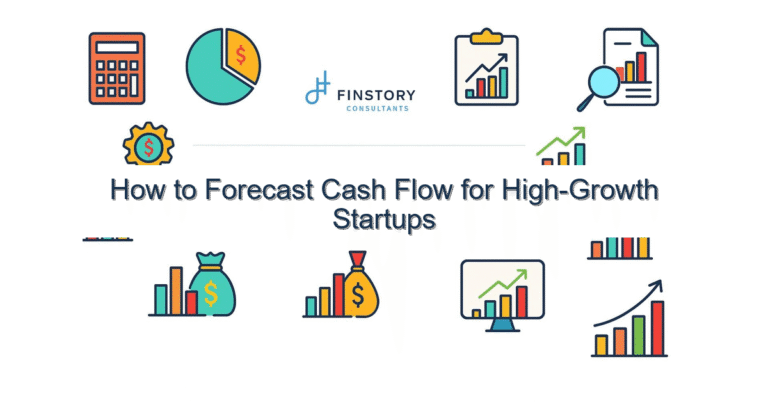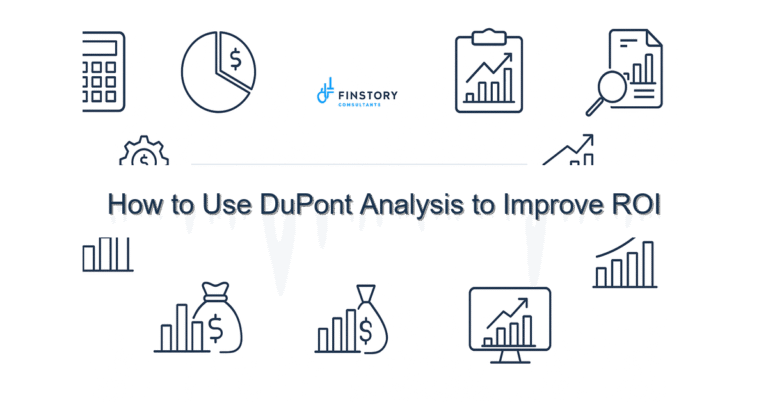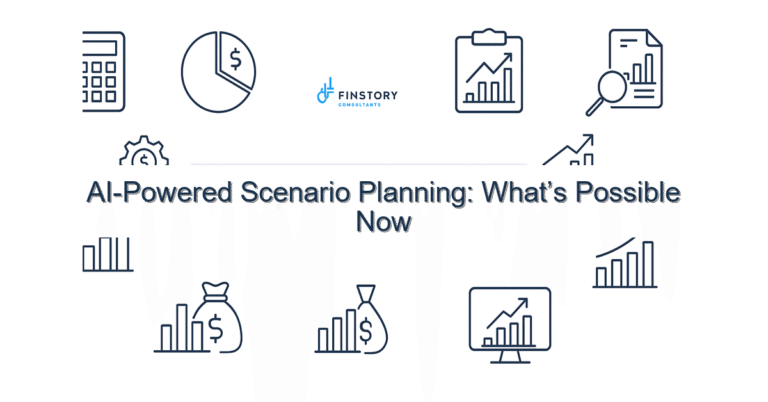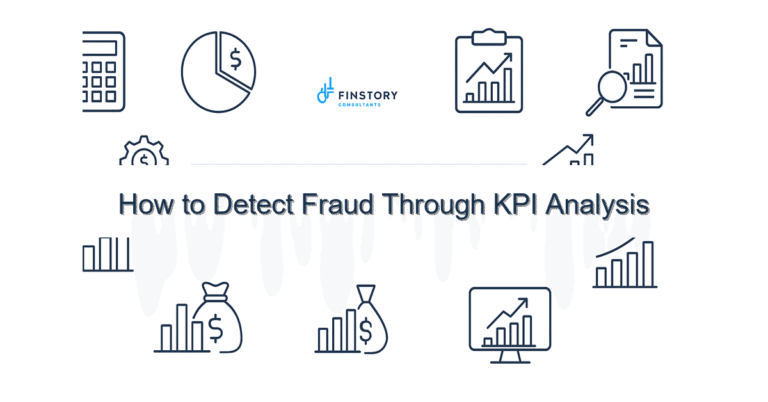The Role of Value-Based Budgeting in Profit Growth
You know the feeling: budgets land on your desk with dug-in assumptions, clinical leaders push back, and finance is squeezed between margins and mission. It’s exhausting—and it doesn’t have to be that way.
Summary: Value-based budgeting aligns dollars to measurable clinical and operational value so finance leaders can grow profit without damaging care. Implement a 4-step framework—define value, allocate by impact, track drivers, and iterate—and you’ll shorten the budget cycle, improve accuracy, and free dollars for strategic investment.
What’s the real problem? (value-based budgeting in healthcare)
Most healthcare budgets remain historical roll-forwards: last year’s spend plus a percent. That hides the real question—what are we buying and is it worth it? The result is a misaligned organization where cost control conflicts with patient outcomes and leaders chase savings that don’t stick.
- Symptoms: long budgeting cycles (90+ days) with repeated rework from clinical teams
- Symptoms: cost reductions that reappear later because root drivers weren’t addressed
- Symptoms: finance stuck in line-item debates instead of funding high-value care
- Symptoms: poor visibility into which investments increase margin vs. just shift cost
What leaders get wrong
Good intentions, bad mechanics. Leaders still treat budgets as compliance documents instead of strategic tools. Common mistakes are respectful to admit:
- Using only historical spend to set targets—ignoring demand and clinical variability.
- Setting uniform cuts or growth rates across departments instead of prioritizing value.
- Focusing exclusively on cost containment and not on value creation—so profit gains are short-lived.
- Under-investing in the data and processes that let you measure impact (e.g., driver-based models, outcome metrics).
A better approach (value-based budgeting framework)
Value-based budgeting flips the question: rather than “how much can we cut?” ask “which dollars create the most value?” Here’s a 4-step framework you can use right away.
- Define value: Agree on 3–5 measurable outcomes (e.g., reduced readmissions, throughput, margin per case).
- Map drivers to outcomes: Link spend categories (staffing, supplies, OR time) to those outcomes using driver-based models.
- Allocate by impact: Prioritize funding that delivers the highest expected improvement per dollar—this may mean shifting investment from low-impact admin projects to targeted clinical programs.
- Measure and iterate: Track outcomes monthly; treat budget as a living plan and reallocate as you see real-world ROI.
Real-world story: A mid-sized health system we advised moved to value-based budgeting and focused on OR efficiency and post-op length of stay. By aligning OR block allocations to expected case mix and funding a care-coordination nurse role, they cut average LOS by 0.6 days and increased same-OR utilization by 8%, improving operating margin by roughly 1.8 percentage points in 12 months.
Quick implementation checklist
- Choose 3 outcome metrics that leadership and clinical teams both value (clinical + financial).
- Run a one-week driver-mapping sprint: link major expense categories to outcomes.
- Build a simple driver-based budget model in Excel or Power BI for top 5 cost centers.
- Hold a cross-functional prioritization meeting to reallocate 5–10% of discretionary spend.
- Define monthly dashboard metrics and an owner for each (who actiones variances).
- Shorten budget approvals by eliminating line-item signoffs on low-impact spend.
- Pilot on 2 service lines before enterprise rollout.
- Communicate wins: publish a short monthly value scorecard for leaders.
What success looks like
Here are measurable outcomes to expect within 6–18 months of disciplined value-based budgeting:
- Budget accuracy improves: forecast variance drops from ~8–10% to 3–5%.
- Cycle time: annual budget prep shortens from 90 days to 30–45 days.
- Return on investment: targeted reallocations yield 1–3x ROI in first year (depends on initiative).
- Operational metrics: reductions in length of stay (0.3–1.0 days) or improved OR utilization (+5–10%).
- Margin impact: operating margin increases by 1–3 percentage points from better mix and efficiency.
Risks & how to manage them
Top risks are implementation, measurement, and culture—each manageable if you plan for them.
- Risk: Poor data quality. Mitigation: Start with a limited scope and validate driver links with small pilots.
- Risk: Clinical resistance. Mitigation: Co-design metrics with clinicians; emphasize outcomes not cuts.
- Risk: Misaligned incentives. Mitigation: Tie part of leader compensation or recognition to value metrics and shared targets.
Tools & data
Value-based budgeting is a method, but tools make it repeatable. Use finance automation for transaction-level visibility, Power BI for scenario visualization, and leadership reporting to close the loop.
- Finance automation platforms to extract and normalize GL and AP feeds.
- Driver-based budgeting models in Power BI or Excel to run ’what-if’ scenarios.
- Operational dashboards that combine clinical outcomes with cost drivers for leadership reviews.
If you need reference reads on building the analytics foundation, see our posts on budget automation and driver-based budgeting vs. zero-based budgeting. For end-to-end change, explore our finance transformation services.
FAQs
- Q: How is value-based budgeting different from zero-based budgeting?A: Zero-based budgeting rebuilds budgets from zero without assumptions. Value-based budgeting focuses on allocating resources to measurable outcomes—it’s about prioritization by impact rather than re-authoring every line.
- Q: How quickly will we see financial impact?A: You can expect early wins in 3–6 months from quick reallocations (staffing, OR scheduling) and clearer ROI in 6–12 months as outcomes are tracked.
- Q: What level of data maturity do we need?A: Start small. You don’t need perfect data—just consistent, auditable feeds for your pilot service lines. Use finance automation to scale quality.
- Q: Who should lead this initiative?A: A cross-functional leader—ideally a finance partner (FP&A or controller) paired with a clinical executive—works best. Finance owns modeling; clinical leadership owns outcomes.
Next steps
If your budget process still feels reactive, set a 30-day test: pick two service lines, agree on 3 outcome metrics, and reallocate 5% of discretionary spend to high-impact initiatives. Track results monthly and scale what works.
Work with Finstory. If you want this done right—tailored to your operations—we’ll map the process, stand up the dashboards, and train your team. Let’s talk about your goals.
📞 Ready to take the next step?
Book a 20-min call with our experts and see how we can help your team move faster.
Prefer email or phone? Write to info@finstory.net
or call +91 44-45811170.
